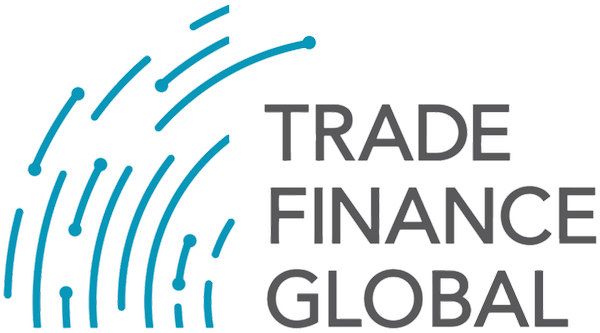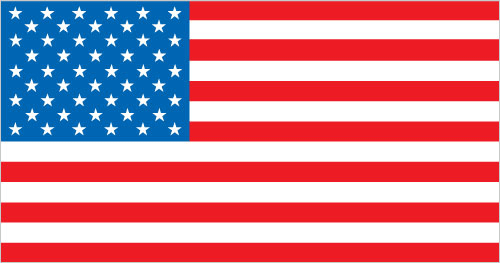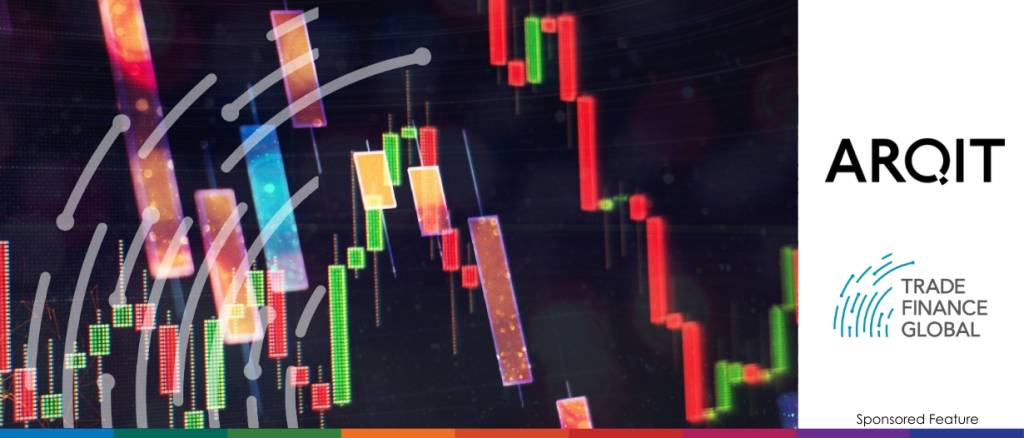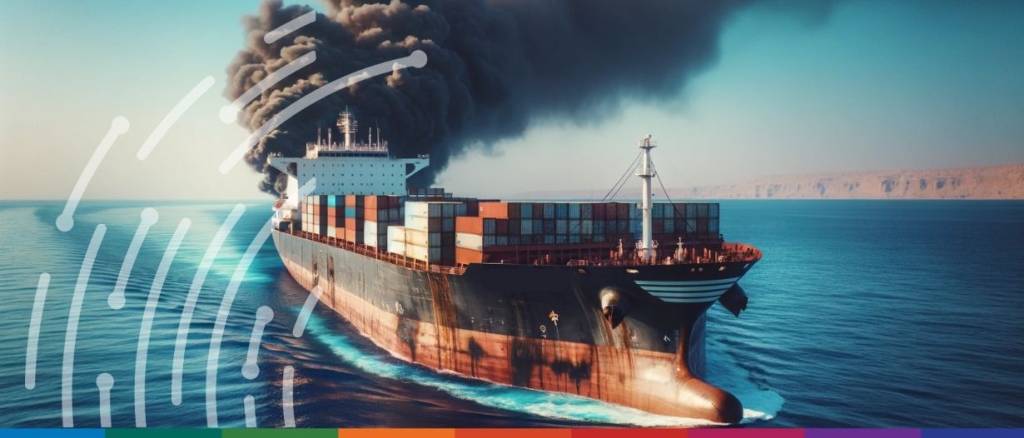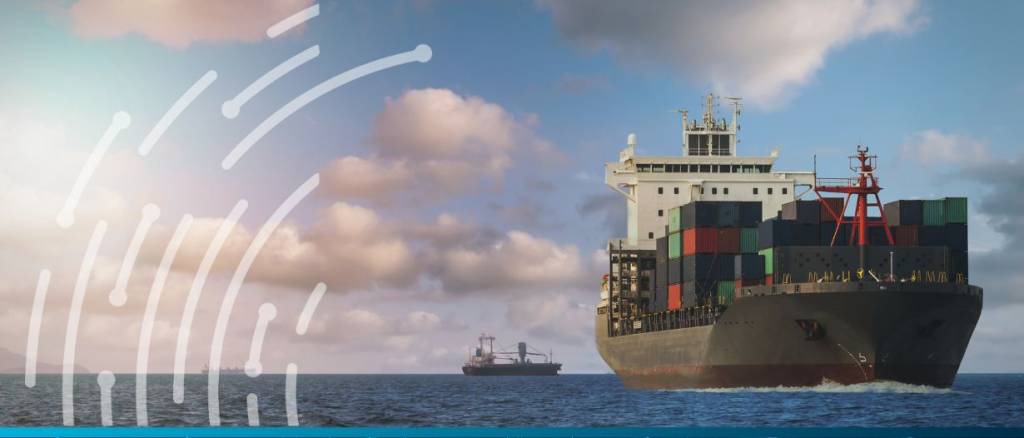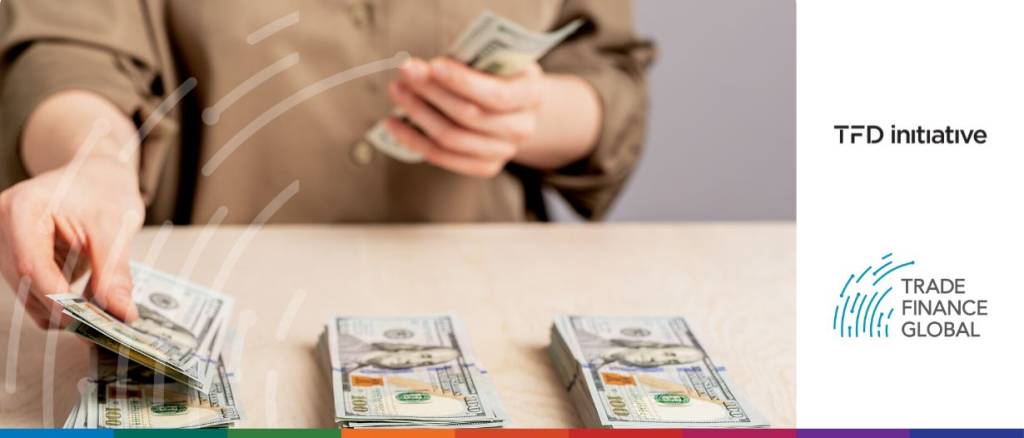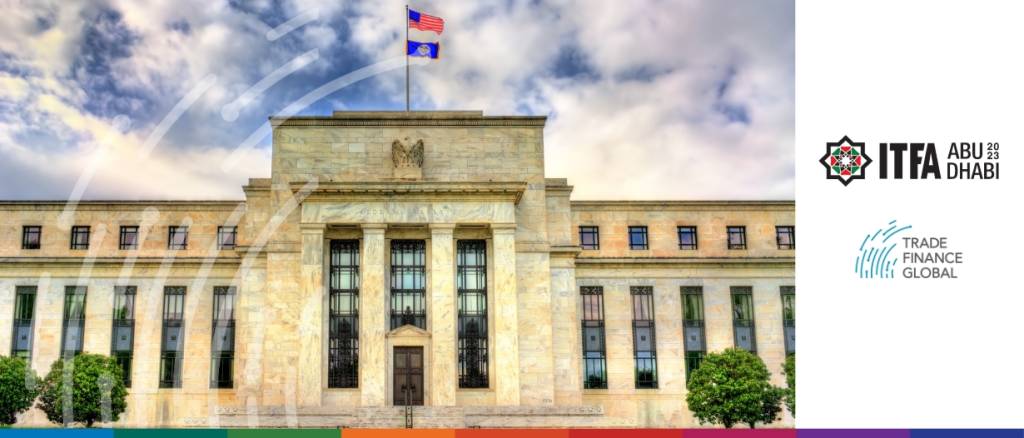Non-oil exports drove economic growth in Oman in 2022. Learn how the government is promoting & supporting the export sector.
In this episode of Trade Finance Talks, TFG’s Deepesh Patel, spoke with Dominic Broom, Senior Vice President of Working Capital Technology at Arqit, exploring the imperative of striking a balance between the advantages of digital transformation and safeguarding critical data.
To date, 12 shipping companies, in addition to numerous corporates, have suspended activities in the Red Sea, instead choosing to reroute their journeys around the Cape of Good Hope in South Africa.
Deutsche Bank today announced the US$3.5bn issuance of TRAFIN 2023-1, the fifth iteration of its trade finance significant risk transfer synthetic securitisation
In collaboration with the Ukrainian government, Ukreximbank, Ukrgasbank, and DZ Bank, Marsh McLennan has announced Unity, a new insurance facility designed to offer cost-effective insurance for exporting grain and other… read more →
2022 insurance highlights Trade credit insurance has been pivotal in risk management for businesses, notably in mitigating the risk of unpaid invoices, a major concern affecting business continuity. A closer… read more →
The overreaching arc of sanctions regulations is threatening the certainty of payments guaranteed by the smooth functioning of letters of credit (LC) in international trade. This tension recently played out in the Singapore courts in a judgment handed down recently (Kuvera Resources Pte Ltd v JPMorgan Chase Bank, N.A. [2023] SGCA 28).
In the vibrant setting of FCI’s 55th annual meeting in Marrakesh, Deepesh Patel, editor at Trade Finance Global, engages in a revealing conversation with Richard Wulff, the executive director at ICISA, shedding light on the intricacies of credit risk insurance and the current challenges faced by the industry.
Originally designed as a risk management tool among banks, trade asset distribution has now transformed into an indispensable means for capital and liquidity optimisation, inviting a broad spectrum of non-bank investors.
At the ITFA conference in Abu Dhabi, Trade Finance Global (TFG) spoke with Khilola Turaeva, the Head of Trade Risk Distribution for GTS EMEA at Bank of America to speak about the world of global trade asset and risk distribution.
